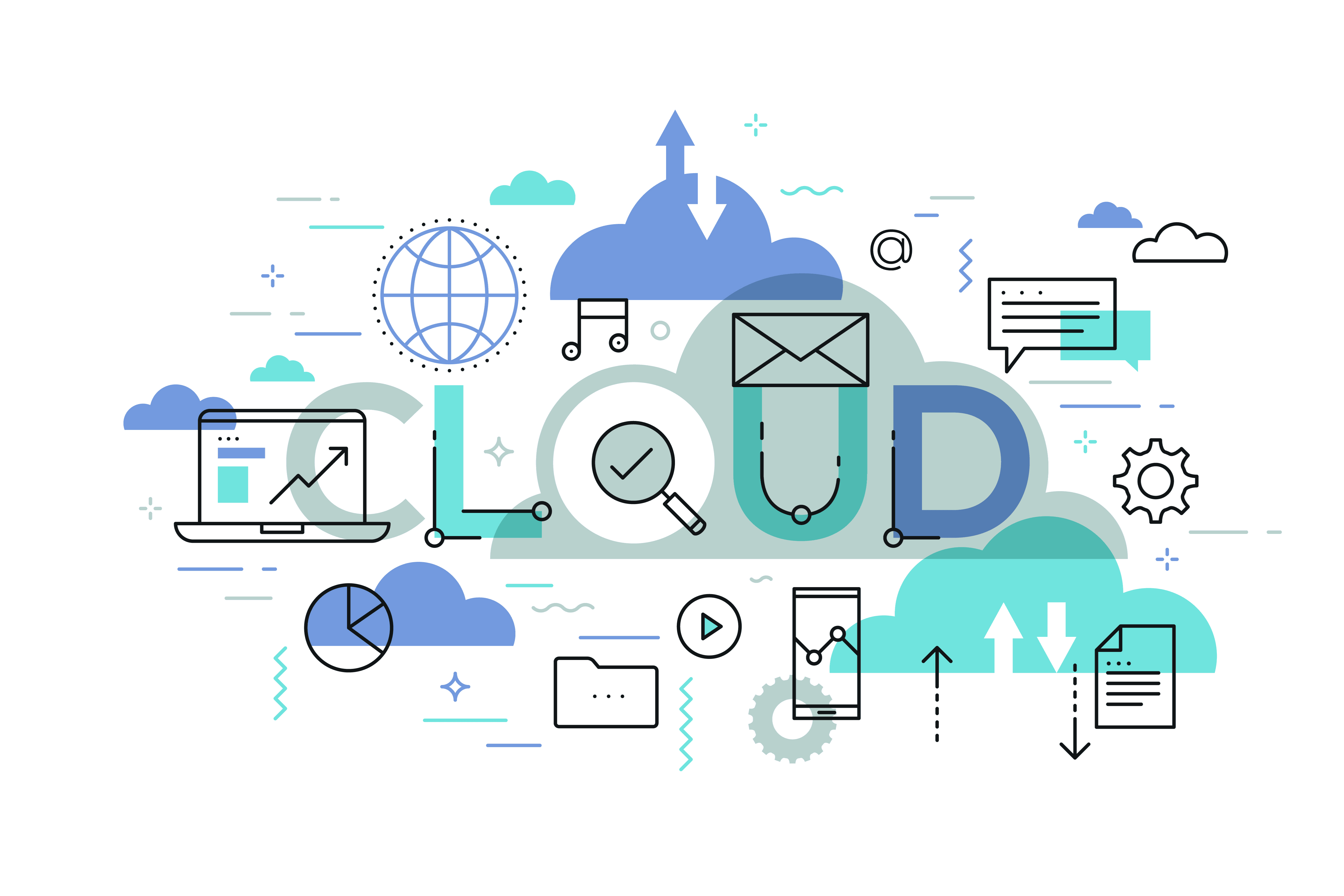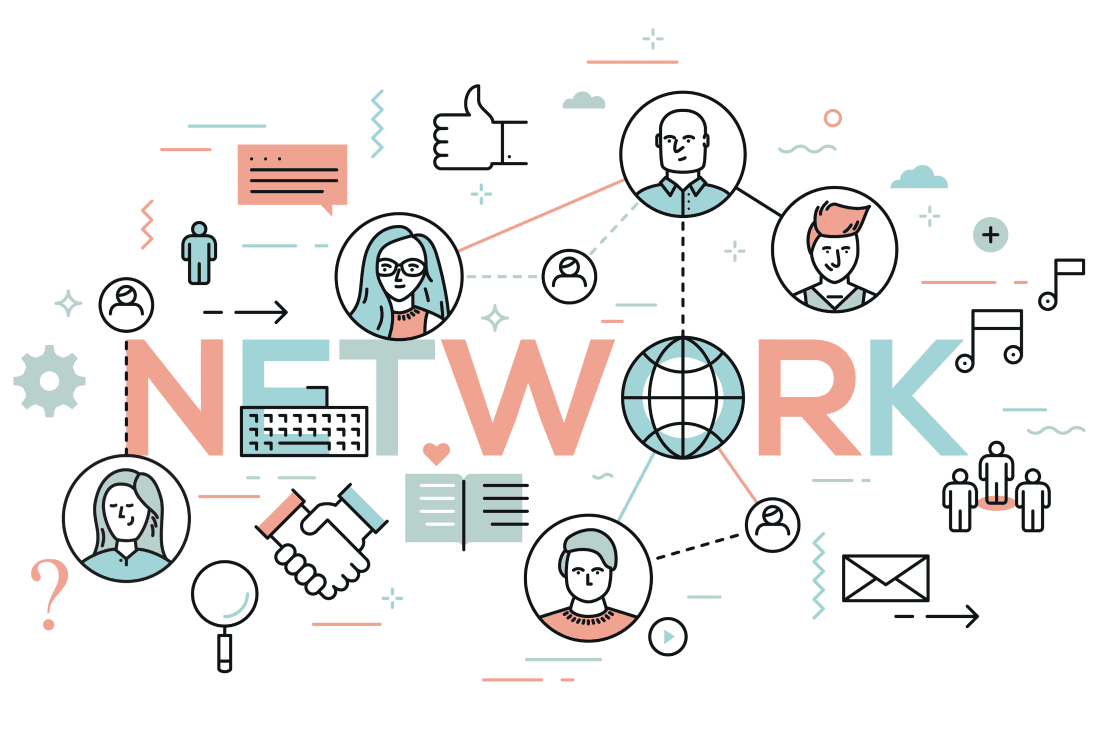Enterprises can meet these challenges by leveraging the benefits of hybrid cloud and immutable infrastructure, code-driven compliance and security workflows, business-oriented networking and governance, and an overall framework that embraces change through collaboration and zero-trust principals (never trust, always verify).
"Define architectural standards, establish best practices, and drive the adoption of Enterprise Solutions."



Common Challenges
Rapidly changing compliance and regulatory requirements, data security and governance, legacy systems integration and decommissioning, and unlocking the power of public cloud scalability and elasticity are a few of the common challenges faced by today’s global, regulated industries.
Atyeti’s Approach
- Foundations: Implementation of the core tooling and controls required for hybrid cloud environments (security, identity, networking, observability, governance, and pipelines for continuous integration and deployment).
- Automation: Building reusable automations that leverage the Foundations established in Day 0 into end-to-end solutions. These automations enable streamlined and efficient provisioning, configuration, and management of hybrid cloud resources.
- Industrialization: Expanding the Automations defined in Day 1 into developer centric experiences, streamlining cloud migrations, and/or establishing factory style migration processes required for managing and evolving the hybrid cloud environment at scale.
Migrations Are Transformative
- Enterprise Architect: Provides strategic guidance, defines architectural standards, and collaborates with other teams to drive the adoption of best practices and technology solutions, ensuring the alignment of technology with business objectives.
- Group Architect: Facilitates communication, coordinates efforts, evangelizes needs, and ensures alignment with the architectural direction set by the enterprise, promoting collaboration and synergy within the group.
- App Team Lead: Direct and coordinate the app development team to achieve defined objectives. They provide guidance and support to team members, ensure efficient task assignment, monitor progress, and foster a positive working environment.
- App Team Member: Actively collaborate with the rest of the team to code, test, and deliver features according to business and architectural requirements, utilizing their skills and expertise to contribute to the development of applications.
The Foundation
- Governance: The nomenclature, hierarchy, operations, ownership of resources across enterprise, divisions, groups, teams, and individuals for service enablement. (Example: Terraform modules and Sentinel polices for Google IAM. )
- Identity: Dynamic authentication and authorization of people, services, and machines as ”need to know” best practices. (Example: integration of Okta, HashiCorp Vault, and GCP IAM for dynamic, privileged access using policy-as-code processes.)
- Security: Time-bound, dynamic, location-aware secrets, certificates, and policies that combine with network and identity for “zero-trust” (Example: on-demand certificates for GKE using HashiCorp Vault and Venafi.)
- Networking: Cross-cloud, cross-region, global patterns that prioritizes business alignment through service-based (rather than ip-based) networking enabling global canary, blue-green, and rolling upgrades of named services.
- Observability: Limit access to machines and services through immutable architecture while enforcing troubleshooting via OpenTelemetry (logging, monitoring, and tracing) through StackTrace, Grafana, DataDog, Splunk, etc.
- Pipelines: Establish paths of change across application, infrastructure, security, networking, and compliance teams and govern this change at scale over time using tools like Cloud Build, Harness.io, GitLab, and Jenkins.